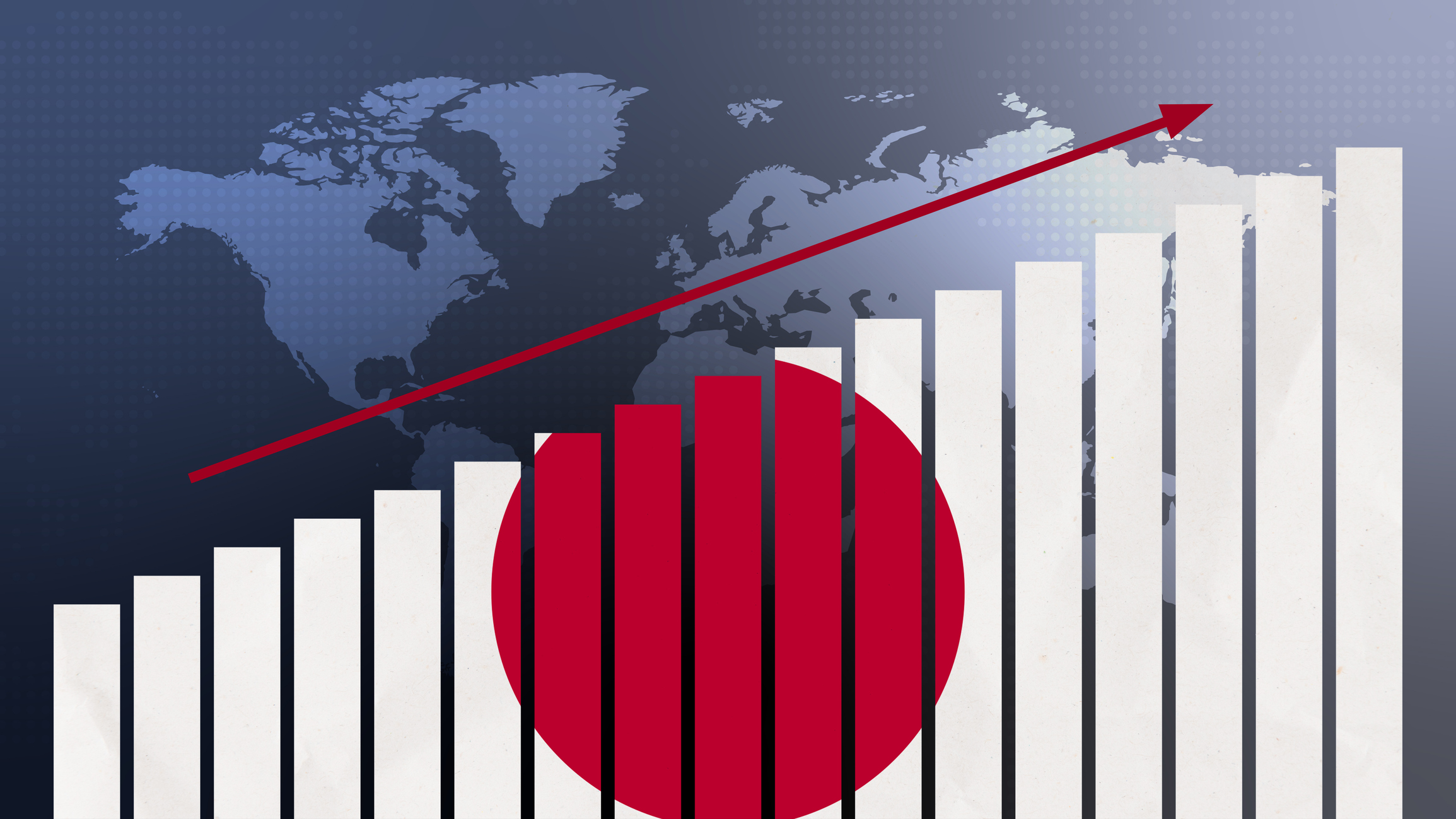Fund Basics: Hang onto Your Profits
Keeping careful records and understanding cost-basis rules will prevent you from overpaying your taxes.
Funds offer plenty of benefits to busy investors. Here's what you need to know when it comes time to sell.
Investors who redeem fund shares face the real risk that they'll forfeit part of their profit by overpaying their tax bill. Veteran investors already know what a pain it can be to sort out the tax consequences of redeeming shares.
Even if you don't redeem shares in a given year, you'll owe tax on dividend and capital-gains distributions — your share of income from securities in the fund and your cut of the profits managers scored on trades inside the fund. The fund will report this income to you on a Form 1099-DIV. It's taxed on your return even if the money was automatically reinvested in additional shares. (Funds in tax-deferred accounts, however, require little record keeping until you begin withdrawing money.)

Sign up for Kiplinger’s Free E-Newsletters
Profit and prosper with the best of expert advice on investing, taxes, retirement, personal finance and more - straight to your e-mail.
Profit and prosper with the best of expert advice - straight to your e-mail.
Don't Double Pay
The biggest mistake many fund investors make when they pay their income taxes is suffering amnesia about their reinvestment of dividends and capital gains in additional shares of a fund.
Say you buy 100 shares of a stock fund at $10 per share, for a total of $1,000. At the end of the year, the fund pays you a distribution of $1 per share in long-term capital gains and 50 cents per share in dividends — or a total of $150, which is reinvested in additional shares.
The fund company sends you a 1099-DIV form listing those distributions, and you dutifully copy the numbers onto your income-tax return for that year. (Funds that hold bonds and some income-oriented stock funds often pay distributions quarterly or monthly.)
The following year, you sell your shares of the fund. The fund sends you a final form — this one listing the total amount you received when you sold the fund. Let's say you sold your shares for $1,500.
When you sit down to do your income taxes for that year, you record that you paid $1,000 for your shares and sold them for $1,500. Therefore, you have a capital gain of $500 — from which Uncle Sam gets his cut.
Not so fast!
You forgot about the $150 in capital gains and dividends you had reinvested. You've already paid taxes on that $150. Since you reinvested that money in extra shares, you really paid $1,000 plus $150, or $1,150, for the shares you sold. Subtracting $1,150 from $1,500, your real capital gain on selling the fund is not $500, but only $350.
Many investors hold a fund five, ten or 20 years, reinvesting dividends and capital gains every year. Unfortunately, when they sell their shares, they neglect to add to the the cost of their original investment (called the cost basis) the value of the money they reinvested over the years.
Basis Basics
Figuring your basis gets trickier if you sell just part of your position. Unless you instructed the fund specifically which shares to sell, you have two choices for figuring your basis: first-in/first-out (FIFO) and average basis. (If you had the presence of mind to tell the fund exactly which shares to sell, it's the basis of those shares that you use to figure your profit or loss.)
With FIFO, you have to go through your records to find out how much you paid for the shares you owned the longest. Say, for example, that you bought 100 shares for $20 per share in 2006, another 100 shares at $30 in 2007, and another 100-share block at $50 in 2008.
Then, in 2009, you sold 150 shares. Using FIFO, your basis would be $3,500, because you are considered to have sold all 100 $20 shares ($2,000) plus 50 of the $30 shares ($1,500). If your records are in bad shape, FIFO can give you a serious headache.
The average basis rule provides some relief. Your average basis is the total amount you have invested in a fund divided by the total number of shares you own.
In the example above, your average basis would be $33.33 per share: the total investment of $10,000 divided by 300 shares. And the basis of the 150 shares sold would be $5,000.
Since that's $1,500 more than it would be using the FIFO method, average basis would cut your taxable profit by $1,500, and that would save you $300 in taxes. With either method, you'll ultimately pay tax on the same amount of gain when all shares have been redeemed.
This is fast becoming the method of choice for fund investors, primarily because many funds (and some of the discount brokerages from which you can buy funds) automatically provide you with average-cost-basis information.
All you have to do is copy onto your tax form the information from the statement the fund sends you at the end of each year in which you've sold shares.
Get Kiplinger Today newsletter — free
Profit and prosper with the best of Kiplinger's advice on investing, taxes, retirement, personal finance and much more. Delivered daily. Enter your email in the box and click Sign Me Up.
-
 Customer Services are Strained at the SSA, You Should Plan Around These Federal Holidays
Customer Services are Strained at the SSA, You Should Plan Around These Federal HolidaysIf you have a question or need information from a federal agency, check the federal holiday schedule to make sure you get your business done before they close.
By Donna LeValley
-
 Stock Market Today: No 'Powell Put'? No Problem
Stock Market Today: No 'Powell Put'? No ProblemInvestors, traders and speculators look beyond both another Trump post and more signs of slowing economic activity.
By David Dittman
-
 What DOGE is Doing Now
What DOGE is Doing NowThe Kiplinger Letter As Musk's DOGE pursues its ambitious agenda, uncertainty and legal challenges are mounting — causing frustration for Trump.
By Matthew Housiaux
-
 A Move Away From Free Trade
A Move Away From Free TradeThe Letter President Trump says long-term gain will be worth short-term pain, but the pain could be significant this year.
By David Payne
-
 Trump’s Whirlwind Month of Crypto Moves
Trump’s Whirlwind Month of Crypto MovesThe Kiplinger Letter The Trump administration wants to strengthen U.S. leadership in the cryptocurrency industry by providing regulatory clarity.
By Rodrigo Sermeño
-
 What Could Derail the Economy This Year?
What Could Derail the Economy This Year?The Letter While the outlook for the U.S. economy is mostly favorable, there are plenty of risks that bear watching.
By David Payne
-
 Three Ways President Trump Could Impact the Economy
Three Ways President Trump Could Impact the EconomyThe Letter Some of Trump's top priorities could boost economic growth, but others risk fueling inflation.
By David Payne
-
 Europe Faces Economic and Political Headwinds Next Year
Europe Faces Economic and Political Headwinds Next YearThe Letter Challenges for Europe: Potential tariffs, high energy prices and more competition from China will weigh on the bloc in 2025.
By Rodrigo Sermeño
-
 Don't Sleep on Japan's Economic Transformation
Don't Sleep on Japan's Economic TransformationThe Letter After almost three lost decades, Japan — one of the world's biggest economies — is finally showing signs of life.
By Rodrigo Sermeño
-
 Start-ups Trying to (Profitably) Solve the World’s Hardest Problems
Start-ups Trying to (Profitably) Solve the World’s Hardest ProblemsThe Letter More investors are interested in companies working on breakthrough science to tackle huge societal challenges. The field of deep tech has major tailwinds, too.
By John Miley